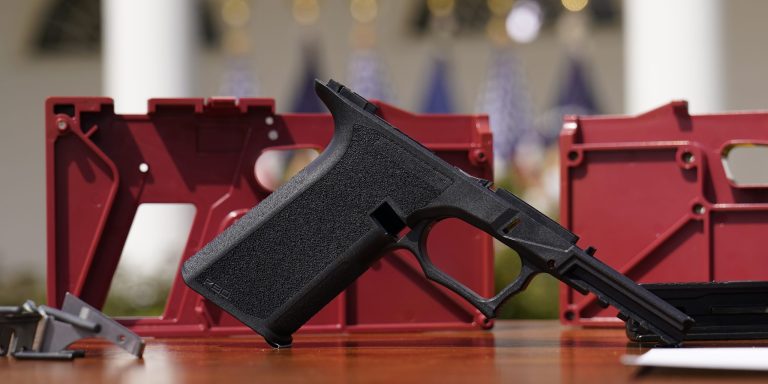Untraceable Threat: 3D-Printed Guns Rising Across the United States
Police departments nationwide are warning about a sharp increase in 3D-printed firearms found at crime scenes, raising fears that a new generation of unregulated, untraceable weapons could soon overtake the so-called “ghost guns.”

Across the United States, police are increasingly encountering homemade 3D-printed firearms during raids and crime scene investigations. Once a rare curiosity, these unmarked plastic and metal hybrids are now appearing from coast to coast — a trend that gun-safety experts say mirrors the early days of the “ghost gun” epidemic.
According to data gathered by Everytown for Gun Safety, about 30 3D-printed weapons were recovered in 2020. By 2024, that number had jumped to more than 300. While still a small fraction of the tens of thousands of guns seized each year, the growth rate alarms law enforcement and public-safety advocates.
“We’re seeing the same pattern we saw with ghost guns a few years ago — small numbers at first, doubling every year,” said Nick Suplina, senior vice president for law and policy at Everytown. “That’s why we’re calling everyone to the table before this becomes unmanageable.”
Technology Outpacing the Law
Unlike ghost guns — which the U.S. Bureau of Alcohol, Tobacco, Firearms and Explosives (ATF) began regulating in 2022 — 3D-printed firearms remain in a legal gray zone. They aren’t sold through licensed manufacturers, and neither 3D-printer companies nor digital platforms hosting blueprints fall under ATF oversight.
As the cost of printers drops and design files circulate freely online, authorities fear a wave of “print-to-kill” weapons that bypass background checks and serial-number tracing. Experts say the only real safeguard lies in proactive legislation and voluntary industry standards.
Summit in New York Seeks Solutions
In response, Everytown for Gun Safety convened a summit this week in New York City, bringing together lawmakers, academic experts, 3D-printing industry leaders and police officials to discuss possible countermeasures.
Manhattan District Attorney Alvin Bragg urged digital platforms and printer manufacturers to take down gun blueprints and install detection systems.
“If we only prosecute gun possession after the fact, we’ll always be behind,” Bragg said. “Prevention starts with stopping these guns from being printed in the first place.”
Bragg’s office has already persuaded YouTube to remove several 3D-printing tutorials and worked with design-sharing platforms to introduce automated monitoring programs that detect and delete firearm models.
Tech Industry Begins to Respond
Some 3D-printer manufacturers have voluntarily built software that recognizes and blocks the printing of gun components — a digital safeguard similar to the anti-counterfeiting systems used in color printers.
John Amin, CEO of the Spanish company Print&Go, said his firm has implemented multiple layers of human and AI oversight to prevent misuse:
“The issue isn’t the technology itself — it’s how people choose to use it. We can prevent abuse without demonizing innovation.”
An Unregulated Future Looms
Despite early efforts, law enforcement warns the U.S. may be entering a new era of home-manufactured weapons beyond the reach of regulation. Without swift policy action, 3D-printed firearms could soon evolve from isolated cases to a nationwide security threat — one that can’t be traced, tracked, or easily stopped.

